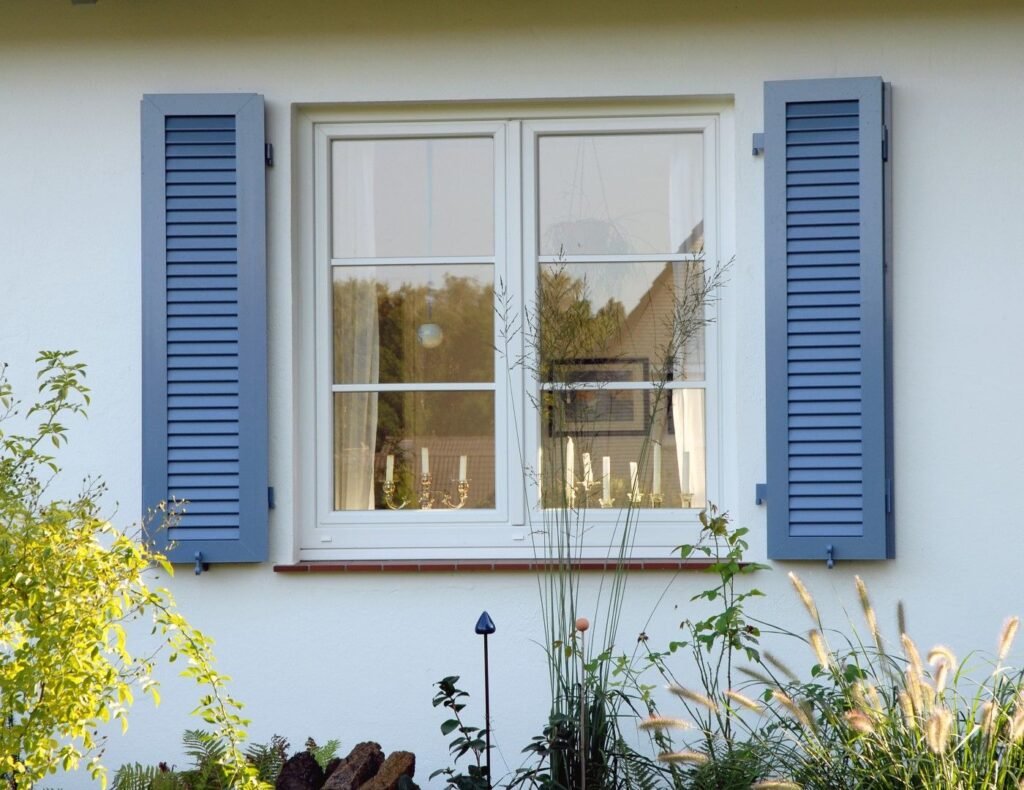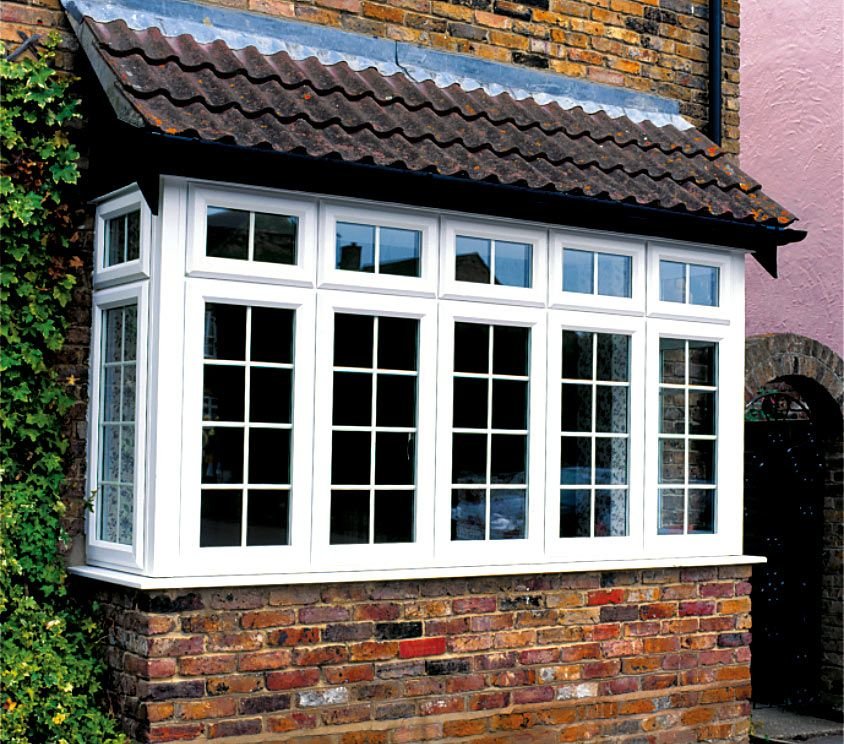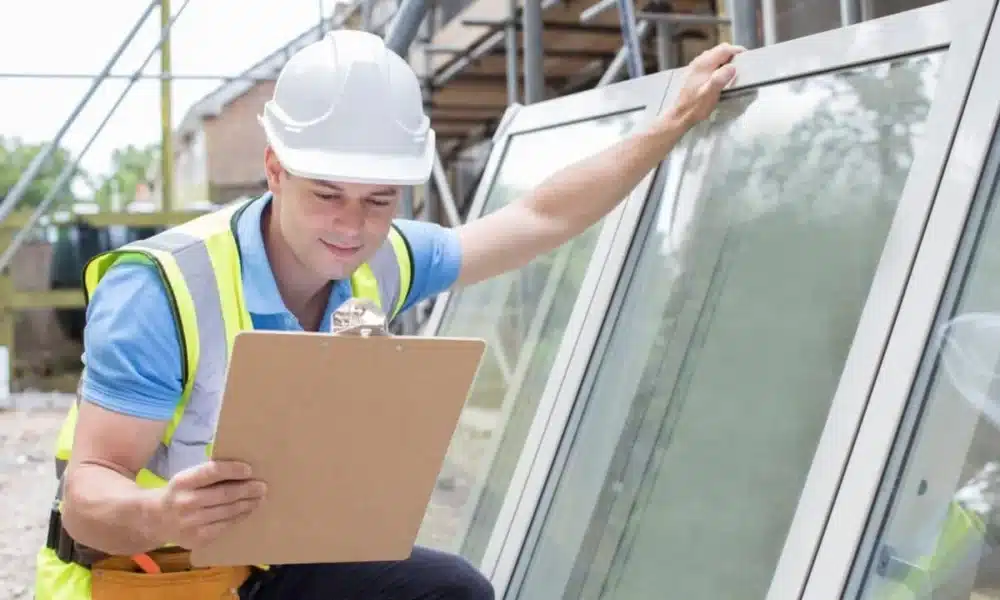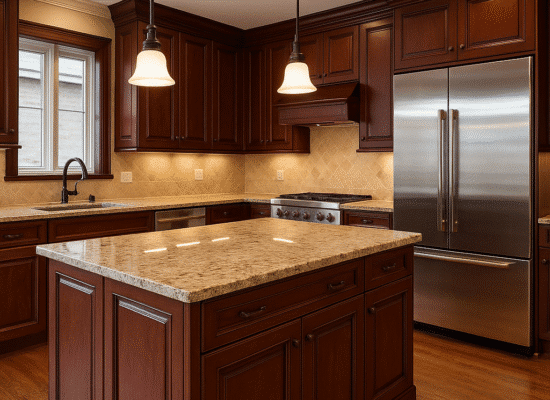Springtime brings with it the urge for a fresh start! Many homeowners start evaluating the condition of their homes and preparing for summer renovations. While spring is often considered the best time of year, Windows’s actual installation is not inherently seasonal. Although there are many factors to consider, the windows replacement project can be carried out throughout the whole year, predominantly in colder climates.
Table Of Content
When do You need To Fix Your Windows?
If you have decided that your windows need to be replaced, most companies provide professional in-house consultation. It helps you assess your choices. Their representative will send you an estimation. You can discuss how long it will take before you can get your new windows during your appointment. So you can prepare accordingly.

Best Season for Windows Replacement
Although there are pros and cons for each season, winter installations and summer installations have many similarities. The method used in warm and cold weather can be different. Professionals of window installation will help advise you on window installation requirements and concerns at various seasons. Responsible professionals will take the necessary measures to assist in ensuring quality installation at any time. In-season, there are pros and cons to window replacement, so depending on many factors, which season you settle on.
Spring or Summer Replacements
There are some advantages to replacing the windows when the weather is warm but not too warm. It means in late spring or early summer. Installing windows during warm weather benefits you in many ways. It will help to prevent unwanted cold draughts from entering your home during the process. However, if the weather gets too hot, additional precautions can be taken to avoid overheating from entering your house. Closing the door to the room where windows are installed can contain heat to a small area. While installation is taking place, it enables the rest of the house to remain calm.
Summer can also bring thunderstorms in some parts of the country, especially in the Northeast and Midwest, and foul weather can delay window installations. Many people plan window installations in the warm months of spring and summer. So it would help if you considered scheduling your project for the colder months to prevent intense competition with the installers. Window installers can also offer “off-season” offers, making installing your window slightly more affordable.
Fall or Winter Replacements
Although installing or replacing windows in the colder months might not be your first option, there are many benefits to installing new windows in the fall and winter. You may still experience the problem of unnecessary cold air coming in through the windows. So you can help eliminate draughts by closing doors to the space the window is being installed in.
However, this can help with the proper installation of windows by an experienced professional. If space cannot be closed off, the contractor can install one window at a time. And can also use a temporary or zip wall to cover openings. There may occur the problem of inclement weather, which can make installations much slower than in the warmer months.
Safe Windows Replacement during Fall or Winter
A few measures are listed below to ensure the window is replaced safely during fall or winter:
- Necessarily, make your contractor come along on a sunny, warm day for windows replacement. Timing the mid-morning job will give the materials a chance to warm up and grow. Be vigilant about a drizzling forecast. Some sealants require setting up to 24 hours before they can be exposed to water. If it has rained lately, ask your contractor to allow the surfaces outside to dry until the project starts.
- Instead of latex or acrylic, make sure your contractor adds silicone-based caulk around the frame. Not only can it stick more readily to the window at colder temperatures. But waterproofing and weathering will make your heating and cooling job more efficient. It will save you money on your energy bills.
- Ask your contractor to use the sealant, which has high joint movement flexibility for extremely high performance. This is generally expressed as a calculation on the tube. When mounted in cold weather, plus or minus 20 percent motion will work better than one with plus or minus 12 percent.
Have the contractor work on one window at a time to prevent your house from being an icebox if you decide to replace windows in the middle of winter. When you build a wider window, such as a new bay window, ask the contractor to cover the openings. It can be covered with floor-to-ceiling plastic. So when the project is in progress, you can help weed out draughts. And close the interior doors leading to the room that way. You can restrict the effects to only one part of your home. And keep the rest of your home warm and cool.

Windows Replacement
No matter what time of year you schedule your home windows replacement, if you get ready for the job before your contractor reaches, the project will come off a lot smoother. Here’s a helpful checklist to get window installation going as smoothly as possible:
• Clean the window surrounding area. Because dust and pollen on surfaces can combine with caulk and cause spring and summer problems.
• Buy multiple drop-in cloths and floor-to-ceiling plastic sheets to cover your home from dust, paint, and debris. And prevent heating and cooling from escaping when the contractors are working.
• To prevent damage, remove the windows, curtains, blinds, and any other window treatments.
• Clear furniture outside windows.
• If you have a window sensor protection system, turn it off before your contractor starts working.
• Keep away from work pets locked in a room.
It’s Up To You – What Time to Replace!
So what season you are choosing, hot or cold, really doesn’t matter as much as you think it would. While it can take a little longer in winter, successful windows replacement may take place at any time of year with a little preparation. The decision eventually comes down to the time of year is most convenient for you.













No Comment! Be the first one.